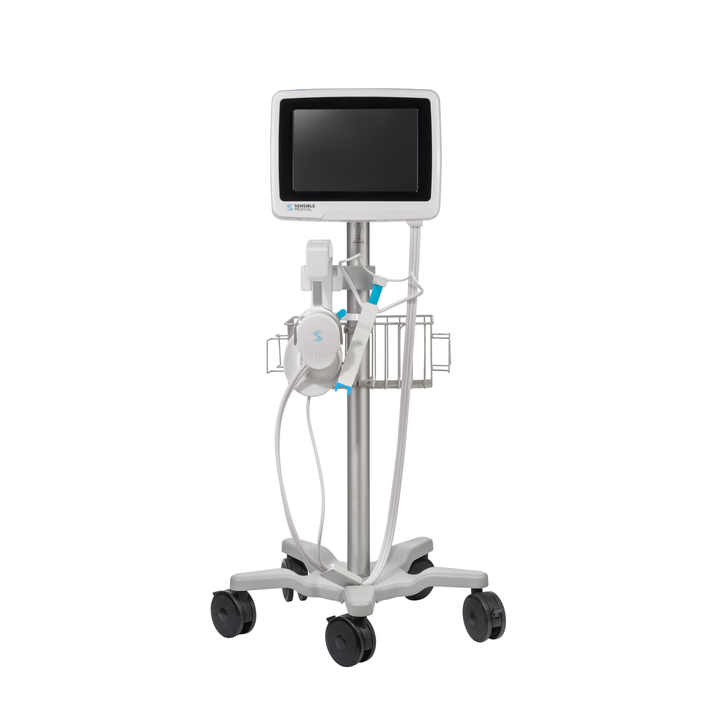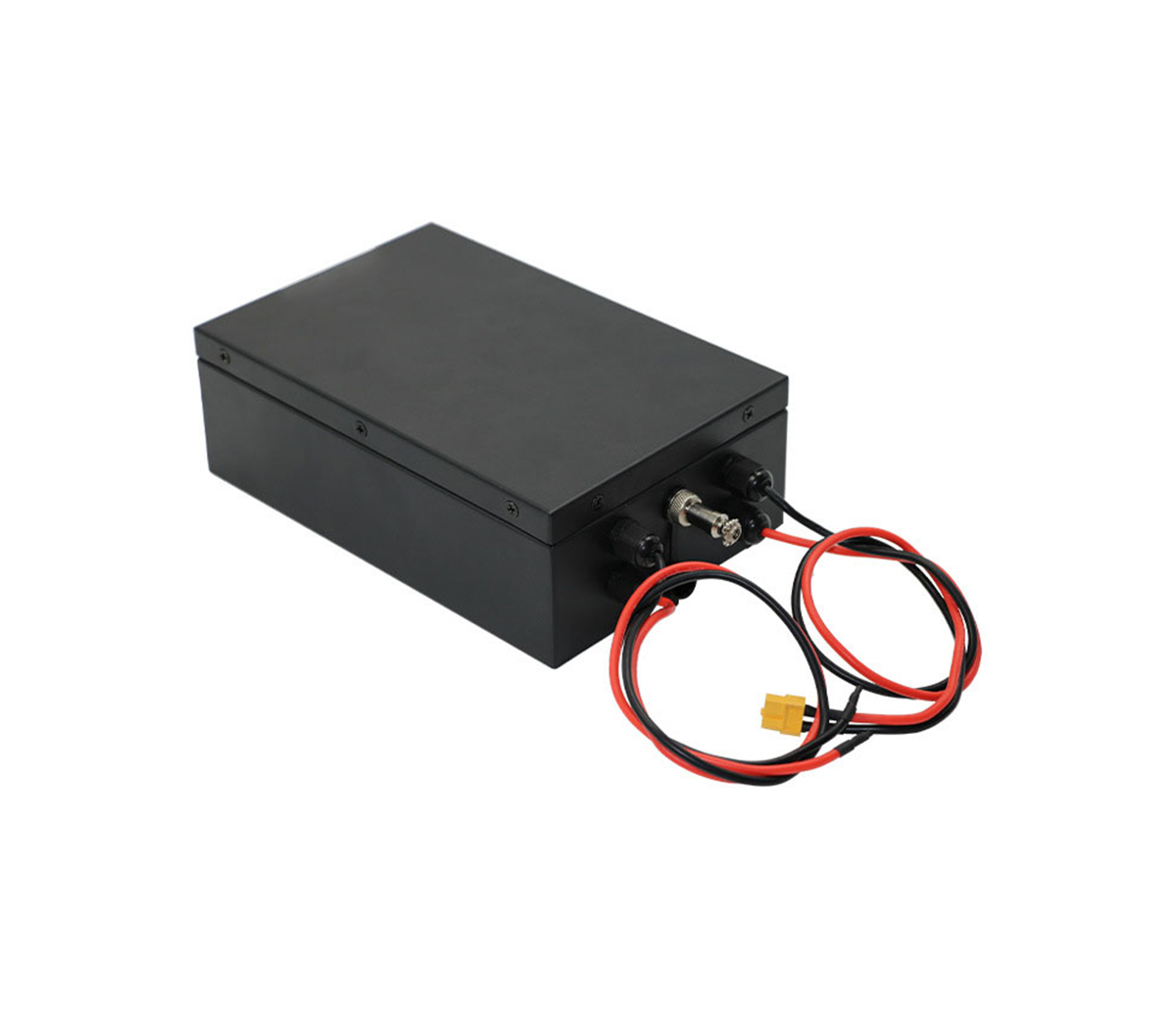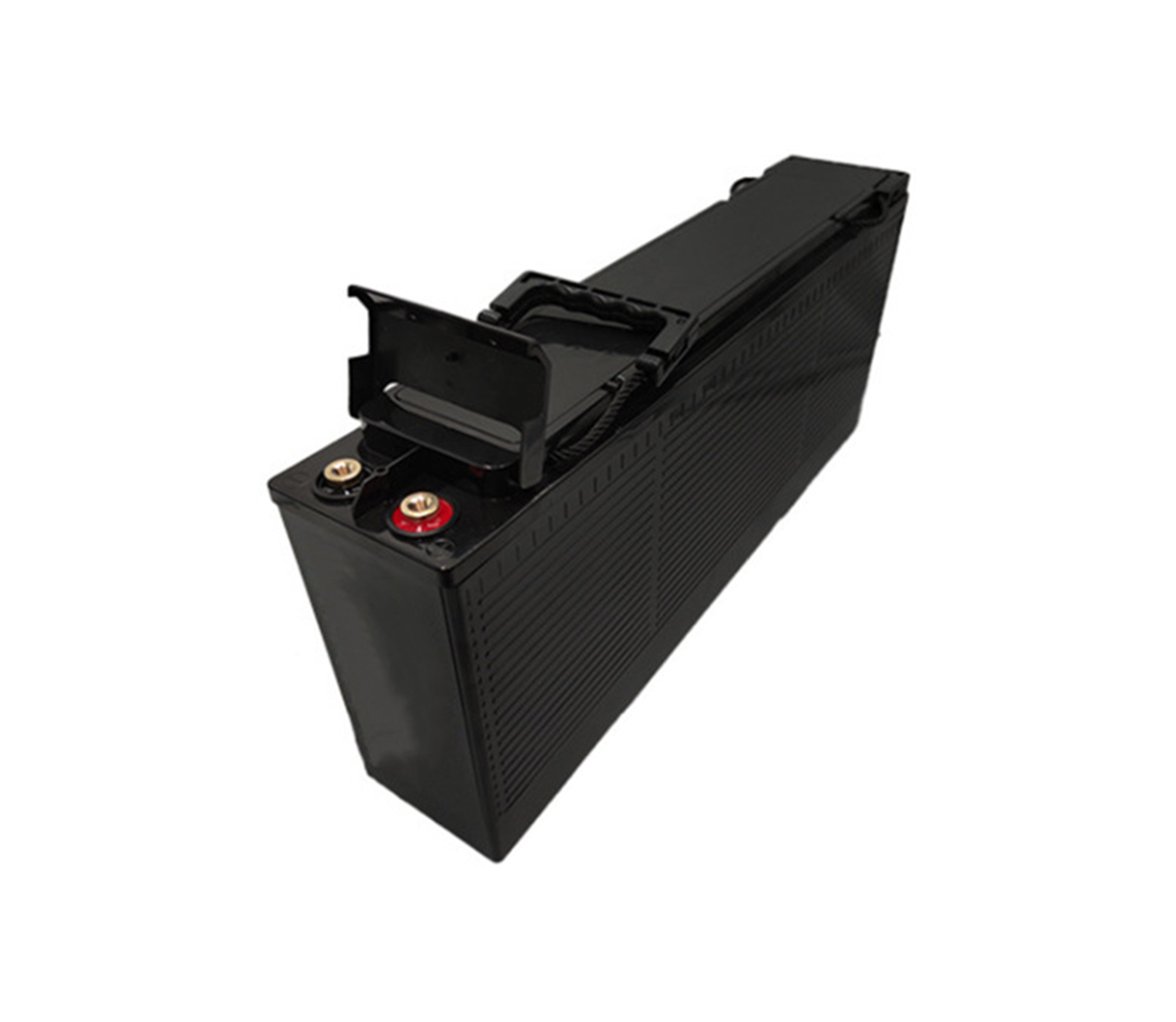Fire hazards of lithium-ion batteries and related research progress
The company’s world’s first plug-in hybrid electric vehicle using lithium
iron phosphate batteries has passed four frontal and side impact tests by the
National Highway Traffic Safety Administration (NHTSA) and has received a
five-star safety rating. Three weeks later, on June 6, a crash test prototype
caught fire in the warehouse, and the fire was in the battery compartment. The
disassembly inspection found that the battery compartment was penetrated by the
transverse rigid member under the driver's seat during the collision, causing
damage to the lithium-ion battery coolant circulation system, leakage and short
circuit, causing a fire.
Lithium-ion battery (Lithium-ionBattery) relies on the movement of lithium
ions between the positive electrode and the negative electrode to complete
charging and discharging. It is a high-performance rechargeable battery.
Lithium-ion batteries are different from "lithium batteries"
(LithiumBattery). The anode material of the latter is manganese dioxide or
thionyl chloride, and the anode is lithium. After the battery is assembled, it
can store electrical energy without charging, and it is easy to charge and
discharge. Lithium crystals are formed and short-circuit inside the battery. In
general, charging is prohibited. Therefore, lithium-ion batteries should not be
referred to as "lithium batteries" for short. The original idea of using
lithium for discharge originated from the 19th century American inventor Edison,
who proposed that Li+MnO2=LiMnO2 is the redox reaction of discharge. However,
due to its very active chemical properties and very high requirements for
processing, storage and use, lithium has not been used for a long time. In the
1980s, Bell Laboratories successfully trial-produced the first usable
lithium-ion graphite electrode rechargeable battery. In 1991, Sony released the
first commercial lithium-ion battery. Since then, lithium-ion battery technology
has developed rapidly, due to its high energy density (the mass and volume are
more than 50% less than the nickel-cadmium or nickel-hydrogen battery of the
same capacity, and the energy density is 540~720KJ/Kg), and the open circuit
voltage is high (the single working voltage is 3.3 ~4.2V, equivalent to 3
nickel-cadmium or nickel-metal hydride batteries connected in series), high
output power (300~1500/Kg), no pollution (not including cadmium, lead, mercury
and other harmful heavy metal substances), high cycle life, no The advantages of
memory effect, fast charging, and wide operating temperature range (-20~60℃) are
widely used in consumer electronics, military products, aviation products and
other fields. With the rapid development of electric vehicle technology,
lithium-ion batteries have become an important source of power for electric
vehicles and hybrid vehicles. According to forecasts, the current lithium-ion
battery market is expanding by 20% every year. In 2011, the global market for
lithium-ion batteries will reach US$8 billion and will reach US$18 billion in
2020. 2. Overview of lithium-ion battery fires With the widespread use of
lithium-ion batteries, their fire hazards have gradually emerged. There have
been many influential fire accidents at home and abroad, and large-scale recalls
of related products have occurred. 2.1 Lithium-ion battery use and fire in the
transportation field In 2006, a DC-8 cargo plane of a certain express company in
the United States caught fire due to the lithium-ion batteries used in the
transportation of laptops. It made an emergency landing at the airport. Three
crew members were injured. In 2010, a Boeing 747 cargo plane of the company
crashed in Dubai. The cause was also the fire of the lithium-ion battery loaded.
For this reason, the US Federal Aviation Administration (FAA) has repeatedly
issued warnings on the safety hazards during the air transportation of
lithium-ion batteries, and the international civil aviation industry has also
put forward strict restrictions on the transportation of lithium-ion
batteries. 2.2 Fire in the field of lithium-ion battery recycling The fire in
the lithium-ion battery recycling warehouse in Trail, Canada, on November 7,
2009, is the most influential fire accident of this type so far. The warehouse
where the fire broke out is located on the Columbia River in southern British
Columbia, with a construction area of 6,500 square meters. It belongs to TOXCO
Inc., headquartered in Anaheim, California, USA. In August 2009, the company
received a special subsidy of US$9.5 million from the US Department of Energy
for the research and development of lithium-ion battery recycling technology.
At the time of the fire, there were a large number of lithium batteries and
lithium-ion batteries that were collected for disposal in the warehouse,
including small mobile phones and laptop batteries, as well as high-power
batteries used in electric vehicles. After the fire broke out, it quickly
entered a violent burning stage, and the local government initiated a regional
emergency response mechanism. Due to the fierce fire and the fear that lithium
reacts with water to produce lithium hydroxide and hydrogen, the combustion will
be more violent. The fire was not completely extinguished until the next
afternoon, causing some damage to the local environment. The cause of the fire
has not been determined. It is estimated that the lithium batteries stored in
the warehouse were short-circuited and overheated and caused by high-temperature
combustion. 2.3 The fire hazard of automotive lithium-ion batteries has
attracted high attention. As an important part of promoting the development of
new energy, countries attach great importance to the technology of electric
vehicles and hybrid electric vehicles. It is estimated that the number of
electric vehicles in the United States will reach 1 million in 2015. Sales of
electric vehicles will also reach 500,000. Lithium-ion batteries are the most
widely used form of energy for electric vehicles. In recent years, there have
been many electric vehicle fires related to lithium-ion batteries at home and
abroad. On January 7, 2010, a certain brand of "dual-electric" super capacitor
and lithium-ion battery hybrid pure electric bus in the garage of Urumqi City
Public Transport Company broke out due to overheating of the lithium iron
phosphate battery. (The car was shut down due to cold weather on December 23,
2009, and it caught fire after being parked for 15 days).


































